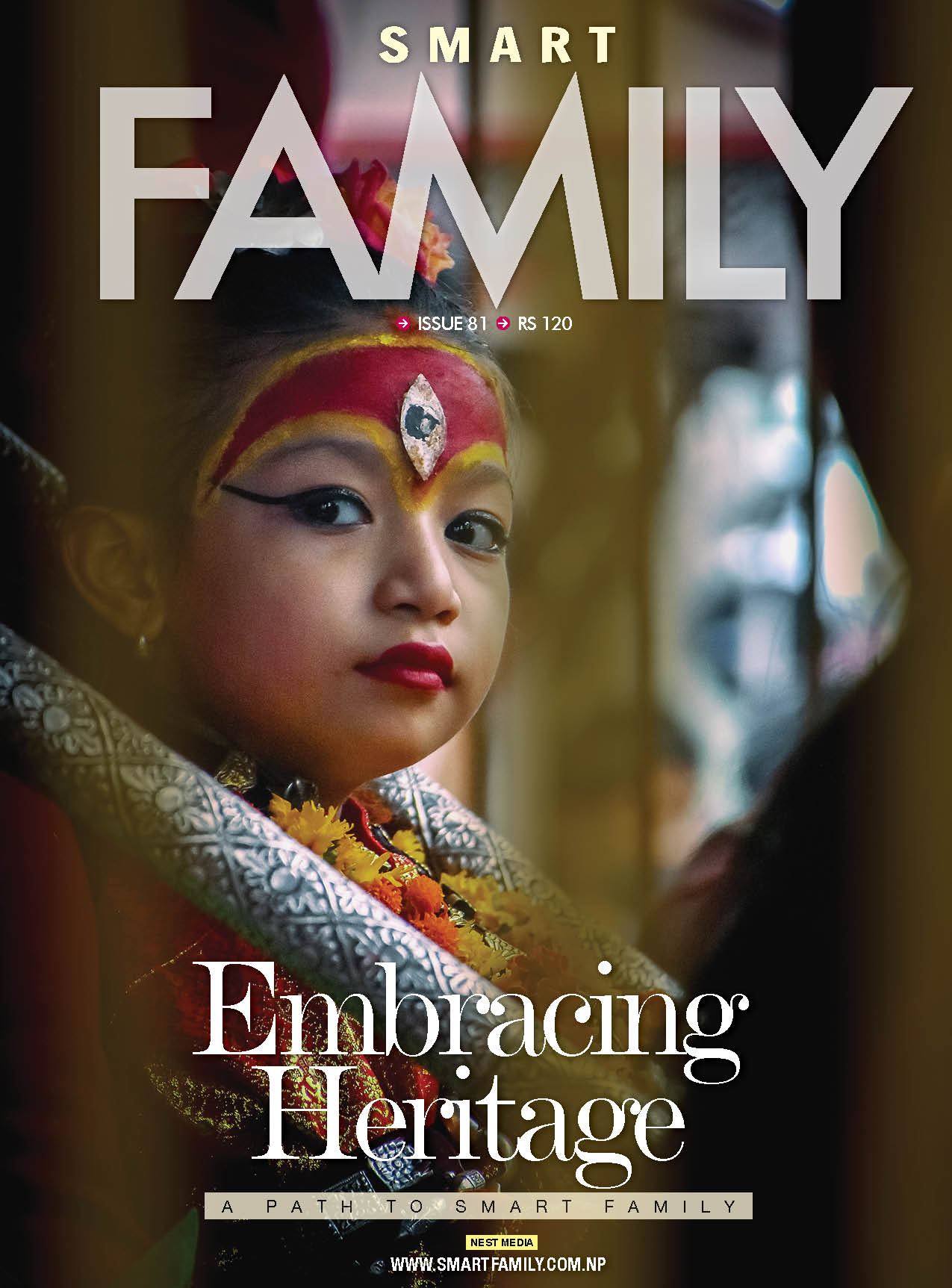Haku Patasi A Lost Art
Hair in plaits, colorful dots on a black blouse, red and yellow lining the black saree, shawl over the blouse and velvety red slippers was the typical definition of a Newari Woman. Get to know this Newari traditional dress - Haku Patasi a step better with

Creating the air of class and culture, Haku Patasi is a traditional Newari dress worn by the women in the community. The name Haku Patasi translates as black saree which is the dominant color in the dress.
Unlike your typical saree, Haku Patasi is worn showing one’s ankle. Haku Patasi is a long cloth worn on the bottom half. Women tie a long piece of cotton preferably 12 hand long cloth known as “Jani” on their waist and a full blouse tied in four corners known as “Misha Lanh” in Newari with Haku Patasi. The last layer to complete the Haku Patasi look is adding the shawl known as “Gaa” above the full sleeved blouse. Different types of jewelry and slippers made of velvet completes the look.
Why are we talking about Haku Patasi?
Haku Patasi is now a fading culture, hardly worn by all women in the Newari community itself. Taking a part of others’ cultures and incorporating it in our own is never wrong, but embracing foreign culture while forgetting your own is.
Significance of Haku Patasi
We have now forgotten the importance of our culture that may just be because we never got to understand why it was important. So we got in touch with Mr. Bir Singh Maharjan, the head of Jyaapu Samaj to reinforce the importance of Haku Patasi to our readers.
Haku Patasi is now mostly worn by Newari women during festivals, back in days women wore them to the farms. The saree was made of black color because it would take a lot to make it look dirty and retain warmth. The red and yellow on the saree was to decorated the saree. There is also a belief that Haku Patasi has medicinal purposes, it is said to keep the woes away after blessed by the “Gurjus” - Newari Priest. `
Haku Patasi differentiates Newars from the people in other cultural in Nepal. Now majorly only worn by the Jyapu Samaj women, it was worn by all castes in the Newar Community. Even the women in Jyapu Samaj majorly wear it during significant festivals like Newari Year - “Nepa Sambhat” celebrated on Mha Puja among others.
International recognition is another significance Haku Patasi has. “People recognised the women in Haku Patasi as Nepalese as opposed to the women in normal saree in the last Cultural Festival held in Peking”, says Mr. Maharjan.


